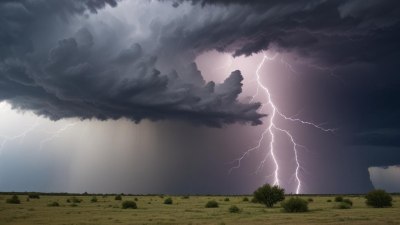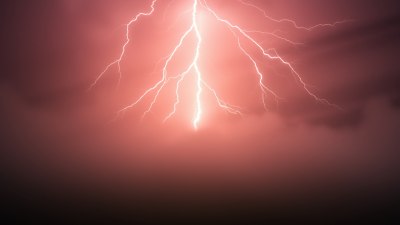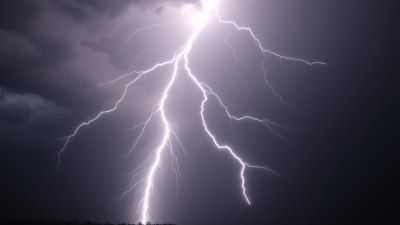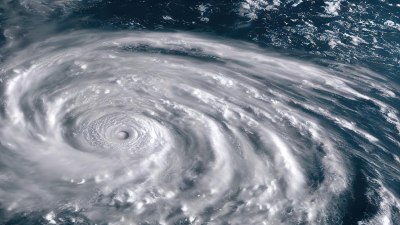Why Do Some Storms Last for Days
Explore the science behind prolonged storms and their effects on weather patterns and ecosystems.

This image was created with the assistance of Freepik
Storms are fascinating phenomena that can exhibit a wide range of durations and intensities. While some storms may pass quickly, others can linger for days, bringing heavy rainfall, strong winds, and other severe weather conditions. Understanding why some storms last longer than others involves examining several factors, including atmospheric conditions, storm type, and geographical influences.
Types of Storms
There are various types of storms, and the duration of each can vary significantly. Common storm types include thunderstorms, hurricanes, and winter storms, each characterized by different formation processes and lifecycles. For example, thunderstorms typically develop rapidly and can dissipate quickly, while hurricanes can last for several days or even weeks.
The Role of Atmospheric Conditions
The atmospheric conditions surrounding a storm play a critical role in determining its longevity. Factors such as humidity, temperature, and wind patterns contribute to how long a storm will last. A key aspect is the presence of unstable air that can sustain convection, allowing storms to grow and maintain their intensity.
Stability vs. Instability
Storm longevity is greatly influenced by the stability of the atmosphere. In an unstable atmosphere, warm moist air can rise rapidly, leading to the development of powerful storms. Conversely, in a stable atmosphere, storms may struggle to sustain themselves and can quickly die out. For storms that last several days, a continued supply of instability is often crucial.
Moisture Supply
Moisture is another vital ingredient for lasting storms. Extended periods of moisture availability can sustain storm systems, as they have a continuous supply of energy to draw upon. For example, tropical systems such as hurricanes draw moisture from warm ocean waters, which can keep them active for extended periods.
Geographical Influences
Geography can significantly influence storm duration. Areas with mountains can lead to prolonged storm systems due to orographic lift, where moist air is forced to rise over the terrain, leading to sustained precipitation. Additionally, bodies of water can provide moisture for extended periods, allowing storms to thrive.
Interaction with Other Weather Systems
Some storms last longer because of their interaction with other weather systems. For instance, when a cold front clashes with a warm front, it can create a zone of slow-moving low pressure, allowing a storm to linger for days as it receives continuous energy from the surrounding environment. This can also lead to the development of stationary fronts, which can cause extensive rainfall over a specific area.
Climate Change and Storm Duration
Recent studies have suggested that climate change may influence the duration of storms. As global temperatures rise, the amount of moisture in the atmosphere increases, providing an ample supply of energy for storms. This can lead to prolonged storm activities, resulting in more significant weather impacts across various regions. The changing climate may also contribute to shifts in storm patterns, affecting both the intensity and duration of storms.
Case Studies: Extended Storm Events
Several notable storm events exemplify prolonged storm durations. For example, Hurricane Harvey in 2017 was remarkable for both its intensity and its slow movement, leading to record rainfall levels in Texas. Climate conditions, including an unusual atmospheric setup, contributed to its extended duration and impact.
The Impact of Storm Duration
Long-lasting storms can have various impacts, from widespread flooding to prolonged periods of severe weather. Communities often face challenges related to infrastructure and emergency services when storms linger for days. Agricultural impacts can also be significant, with excessive rainfall potentially damaging crops while also replenishing water supplies.
In conclusion, the duration of storms is influenced by several interconnected factors, including atmospheric conditions, storm type, and geographic factors. Understanding these dynamics is essential for predicting storm behavior and mitigating their impacts. As climate change continues to alter our weather patterns, it is crucial to monitor storm trends and adapt our preparedness strategies accordingly.











